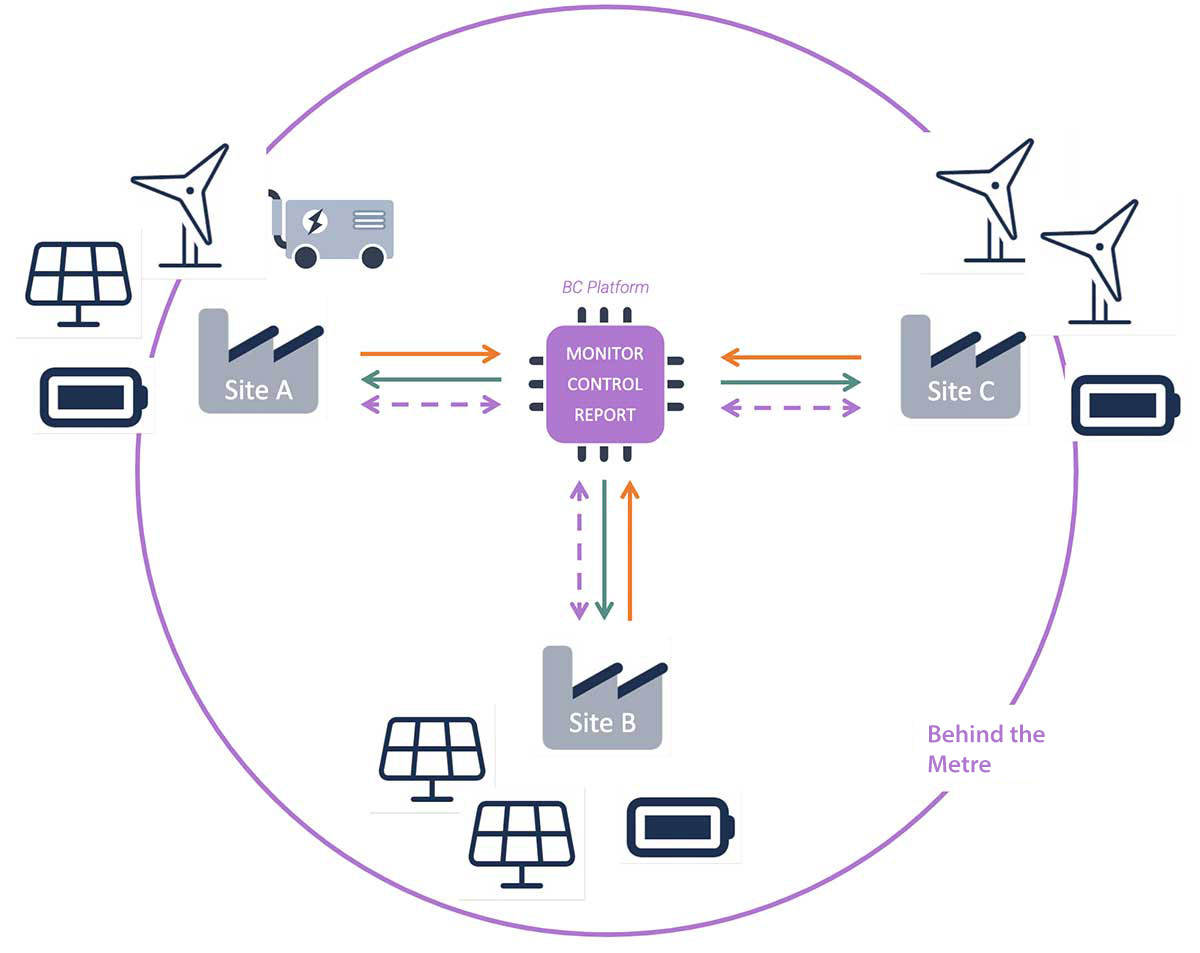So what is a Microgrid?
The National Grid is a large network of electrical power lines and generators that supply power to homes and businesses. A Microgrid is a small, localized network of electrical generation and distribution that supplies power to a specific area, such as a single building or a group of buildings.
A stand-alone microgrid has its own sources of electricity, supplemented with an energy storage system. They are used where power transmission and distribution from a major centralized energy source is too far and costly to operate. They offer an option for rural electrification in remote areas and on smaller geographical islands. A stand-alone microgrid can effectively integrate various sources of distributed generation, especially renewable energy sources.

So what are the benefits of a Microgrid?
- Power reliability: A microgrid can provide a reliable source of electricity in areas with frequent power outages or unreliable grid infrastructure. With its own generation capacity and energy storage, a microgrid can ensure that critical loads are always powered.
- Energy cost savings: A microgrid can help you to optimise energy costs by using a combination of renewable energy sources, such as solar or wind power, fuel cells and energy storage systems. By reducing reliance on traditional fossil fuel sources, a microgrid can help lower energy costs and improve your bottom line.
- Environmental sustainability: A microgrid can reduce your carbon footprint by generating and storing renewable energy on-site. This can help you meet your sustainability goals and reduce your impact on the environment.
- Energy independence: A microgrid can provide energy independence by allowing you to generate and store your own power. This can be particularly useful in remote or off-grid locations where access to grid power may be limited or non-existent.
- Resilience: A microgrid can provide resilience in the face of natural disasters, extreme weather events or other grid disruptions. By having its own generation and storage capabilities, a microgrid can continue to provide power to critical loads even when the larger grid is down.
Electrification of isolated areas: currently 10% of the worldwide population do not have access to electricity, hence, an isolated microgrid system could bring a solution.
Learn more aboutBC FLEX
BC FLEX provides world-class, cloud connected Microgrid services and easy Hardware purchase options to get your property up and running quickly. Reduce your reliance on the local grid, reduce your energy cost, and increase your resiliance with FLEX...

